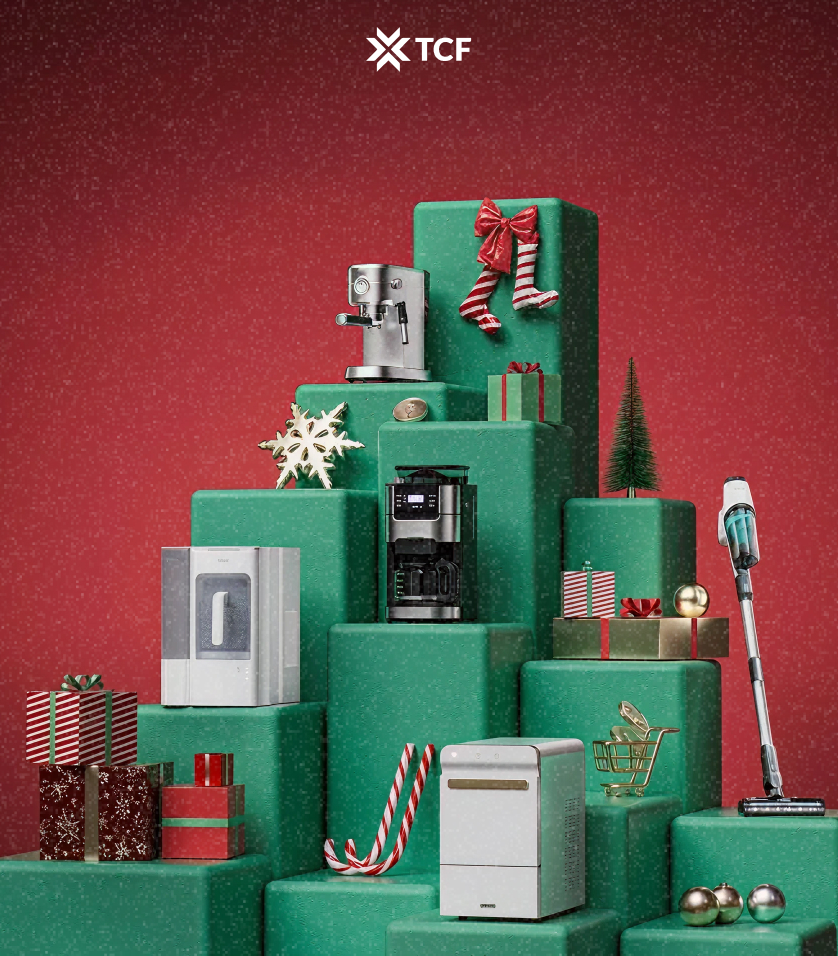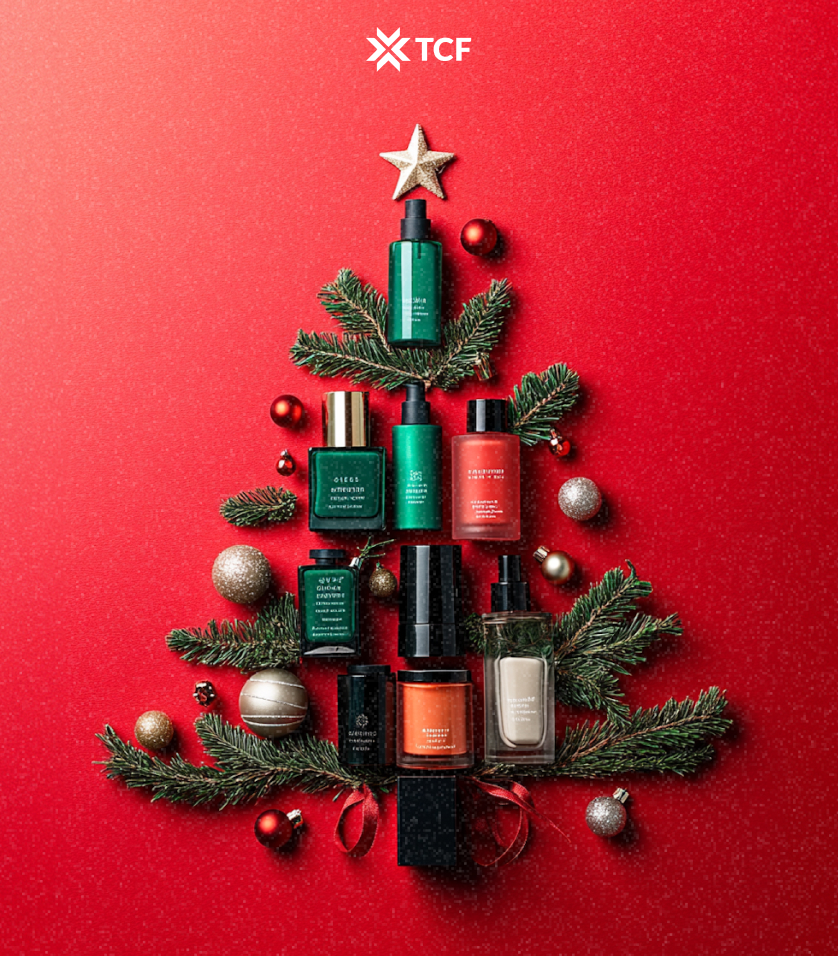Let’s get one thing straight: ROAS isn’t dead. But if you’re still chasing 5x across every campaign and wondering why profits aren’t following, it might be time for a reality check.
With rising CPMs, stricter privacy policies, and attribution getting fuzzier by the day, brands in 2025 are waking up to a tough truth: “good” ROAS doesn’t mean what it used to. Meta’s CPMs hit $10.88 in Q1 2025, up 19.2% from last year. If your ROAS targets haven’t caught up, you’re scaling on outdated math. In fact, many high-performing campaigns are hitting lower ROAS targets than they did a few years ago, and that’s perfectly normal.
The old benchmark of “just aim for 3x and scale” doesn’t hold up anymore. It ignores your margins, your business model, and whether your ads are actually driving sustainable growth or just vanity numbers on a dashboard.
In this guide, we’ll break down:
- What a realistic ROAS looks like by channel, industry, and growth stage
- Why ROAS alone is misleading (and what to track instead)
- How to fix it when your ROAS looks good on paper but the business is still bleeding
- Real-world examples from brands that got it right (and wrong)
Let’s redefine what success really looks like and how to measure it like someone who’s scaling with strategy, not just screenshots.
[[cta5]]
How to Set Your Own ROAS Target (That Actually Makes Sense)
Forget the cookie-cutter “3x or bust” advice. A smart ROAS target starts with your numbers, not someone else’s Twitter thread.
The first question to ask isn’t “what’s a good ROAS?” It’s: How much can you afford to spend to acquire a customer and still make money?
That means factoring in:
- Your profit margins (after product, shipping, fulfillment, and overhead)
- Your average order value (AOV): are you selling $30 t-shirts or $3,000 e-bikes?
- Customer lifetime value (LTV): how often do customers come back and buy again?
As Irina Malintsyan, a performance strategist from TCF, puts it:
“Lower-ticket items with tight margins simply can’t support high ROAS targets. You have to work backwards from your breakeven point, then layer in your growth goals.”
So if your margin is 60%, your AOV is $50, and you’re comfortable with a 2-month payback period, you might only be able to spend $20–25 to acquire a customer. That gives you a target ROAS of 2–2.5x.
On the flip side, some situations do require a higher ROAS:
- If you’ve got razor-thin margins or cash flow constraints, you need to recoup ad spend fast
- If your product is a one-time purchase, you don’t have LTV to fall back on
- If you’re in a fundraising cycle and need clean, scalable metrics for investor decks
In those cases, you may need to aim for 4–5x just to break even, especially if you're also covering commissions, fulfillment, or retail partner cuts.
But don’t mistake high ROAS for a growth signal. Some of the “best” ROAS numbers come from campaigns that are too safe like retargeting past buyers. They look great in reports but don’t grow your customer base.
ROAS shouldn’t be your goal. Profit and growth should. ROAS is just one input. Treat it like a directional tool, not a KPI to chase in isolation.
ROAS Benchmarks by Channel
If you’re comparing ROAS across platforms without context, you're already off track. Each channel behaves differently, with unique costs, user intent, and campaign types.
Whether you’re managing campaigns in-house or partnering with an ecommerce advertising agency, it’s crucial to understand how each platform behaves differently and what a realistic ROAS looks like across them.
Meta Ads (Facebook & Instagram)
Average ROAS: 2–3x
Meta is still strong for visual products, impulse buys, and broad audience testing. But CPMs have climbed, and algorithmic targeting changes mean that creative testing and funnel structure matter more than ever.

- Expect 2x ROAS to be solid on cold traffic, and 3x+ on warm audiences.
- If you’re seeing 1.5x but it’s feeding your search conversions? Keep it running.
- If you’re seeing 4x from a tiny retargeting audience? That’s not scale, that’s a mirage.
Key tactic: Use Meta as a discovery engine. Layer in post-purchase surveys and attribution tools like Triple Whale to see where revenue really comes from.
Google Search & Shopping
Average ROAS: 3–4x
Search intent means people are already shopping. You’re catching them at the moment of decision. Branded keywords and long-tail queries often perform best.
- 4x ROAS on Shopping campaigns is a common benchmark in DTC ecommerce.
- But it drops fast if your feed is unoptimized or your offer isn’t competitive.
Key tactic: Don’t stop at branded search. Expand your advertising strategies with Performance Max campaigns and product feed optimization to scale without losing efficiency.
TikTok Ads
Average ROAS: 1.5–2x
TikTok’s chaotic magic: scroll-stopping reach, but mixed buyer intent. Great for UGC-style creative, new launches, and virality, but don’t expect Google-style returns.
- 1.5x is decent for cold traffic, especially if you’re tracking LTV across time.
- ROAS tanks fast if you reuse static creative or don’t rotate hooks regularly.
Key tactic: Invest in fresh, native-feeling creatives. And accept that not every winning TikTok campaign will “pay off” in-platform ROAS. It may feed conversions elsewhere.
YouTube
Average ROAS: 1.5–2x
YouTube thrives in top- and mid-funnel. It builds brand authority, supports retargeting, and drives strong lift, but not always immediate revenue.
- Don’t expect your YouTube campaign to hit 3x next week.
- Use it to educate, introduce high-ticket items, or supplement full-funnel strategies.
Key tactic: Track assisted conversions and view-through metrics. A “low” ROAS here might be laying the groundwork for higher returns elsewhere in the funnel.

ROAS Benchmarks by Industry
A good ROAS in one industry might be a red flag in another. Product type, purchase behavior, and sales cycle length all impact what’s realistic and what’s worth aiming for. Here’s how ROAS benchmarks shake out in 2025 across a few key sectors.
DTC / Ecommerce
Median: 2–3x
Top Quartile: 4–5x
DTC brands selling physical products often aim for that magical 3x, but averages tell only half the story. Some brands with high repeat rates or subscriptions can thrive at 2x. Others with one-and-done products may need 5x just to stay alive.

- Lower ROAS is okay if your LTV is strong (think: skincare, supplements, consumables).
- Higher ROAS is needed if you’re selling low-margin, low-AOV products with few repeat purchases.
Tip: Don’t obsess over hitting 4x on every campaign. Instead, track:
- Blended ROAS: total revenue ÷ total ad spend across all channels (not just what Facebook or Google reports). It gives you a realistic picture of how your ad spend performs overall, even when attribution gets messy.
- MER (Marketing Efficiency Ratio): total revenue ÷ total marketing spend (including creative, influencers, agency fees, etc.). It’s your “big picture” metric and often more useful than channel-level ROAS alone.
If Meta shows 2x ROAS, but your total sales and MER are strong, the campaign might be doing its job even if the platform makes it look underwhelming.
SaaS / Apps
Median: 1.5–3x
Top Quartile: 3–5x
Longer sales cycles and recurring revenue mean SaaS and mobile apps don’t need to win on the first click. In fact, many intentionally operate below 2x ROAS in early campaigns and make up the difference with subscriptions.
- 1.5x ROAS may be fine if your LTV:CAC ratio stays above 3:1.
- Success depends more on payback period than pure ad returns.
Tip: Use ROAS in combination with trial-to-paid conversion rates. A campaign that starts low can still be a winner if the cohort retains well.
Real Estate & Services
Median: 1–2x
Top Quartile: 2–3x
Whether you're selling high-ticket services or working in industries like real estate, ROAS almost always looks worse, because conversions are harder to track and decisions take longer.
- Low ROAS doesn’t mean low value. One lead can be worth thousands.
- Many campaigns here are more about lead quality and volume, not immediate revenue.
Don’t rely on ROAS as your north star in service-based industries. Look at cost per qualified lead and long-term conversion rates instead.

Note: Hitting the top quartile usually requires strong creative, high LTV, and optimized funnels. Median ROAS = what most brands are actually seeing. If you’re below that, it’s time to dig deeper.
Stage-Based ROAS Goals
Your ROAS expectations shouldn’t be static. They need to shift depending on where your brand is in its growth cycle. Early-stage brands often overspend chasing “ideal” ROAS targets, while mature brands sometimes get stuck optimizing for high ROAS at the cost of growth.
Here’s how to think about ROAS by stage:
Launching a Brand (0–3 months)
What to expect: Low ROAS (often <1.5x)
You’re testing creatives, collecting data, and building awareness. Expect inefficient results while the algorithms learn who your audience is and what offers convert.
What matters more:
- Cost per click and CTR (to validate creative)
- Learning velocity (how fast you're testing and iterating)
- Early signals from post-purchase surveys and retention
You’re laying the foundation here. Trying to hit 3x ROAS from day one usually means you’re under-spending or over-optimizing too early.
Scaling (3–12 months)
What to expect: ROAS stabilizes (typically 2–3x)
You’ve identified your best audiences and winning angles. Now you're optimizing campaigns, increasing spend, and balancing acquisition cost with growth.
What matters now:
- Blended ROAS and MER
- CAC vs LTV over 30–60 days
- Creative fatigue and ad frequency
This is where your numbers should start making sense. If you’re scaling but your ROAS is dropping fast, check for audience saturation or weak offer/landing page alignment.
Optimizing (12+ months)
What to expect: Consistent, sustainable ROAS (3x+ if profitable)
At this point, you’ve built an acquisition engine. Your goal now is to improve margins, extend LTV, and scale what’s working while cutting inefficiencies.
What to focus on:
- ROAS by audience segment or cohort
- LTV:CAC ratio by channel
- Incrementality testing and media mix models
If you’ve reached this stage and your ROAS is high but growth has stalled, you might be too reliant on retargeting or brand terms. Time to widen the funnel again.

Why ROAS Alone Is Misleading
ROAS tells you one thing: how much revenue you generated for every dollar spent on ads. That’s it.
It doesn’t tell you:
- If those sales were profitable
- How much you paid to acquire each customer
- Whether those customers will ever buy again
- If the campaign actually drove incremental growth
And it definitely doesn’t explain whether those conversions are driving sustainable growth.
This is one of the most frustrating spots to be in: your ROAS looks solid on paper, maybe even above benchmark, but somehow, the business isn’t growing, or worse, it’s bleeding cash.
What, you think that’s not possible?
It happens all the time.
Let’s say your Meta retargeting campaign is hitting a 6x ROAS. Sounds amazing… until you realize you’re only spending $100 a day and reaching the same pool of past buyers.
You’re not acquiring new customers. You’re not building a pipeline. And while your ROAS looks heroic, your business is stuck in place.
That’s the trap of optimizing for ROAS alone: it keeps you safe, but small.
As you guessed already, the opposite is also true.
We worked with a pet-product brand that started with a ROAS hovering around 1-1.5 during the first two months. Instead of hitting the brakes, we doubled down on creative testing, built email flows, and focused on retention.
Patience paid off, the brand now averages 2-2.5 × ROAS, enjoys strong brand awareness, and benefits from high lifetime value.
They have kept those results for more than two years, proof that an “ugly” early ROAS can be the runway to sustainable growth.
Bottom line: a low ROAS can be a smart investment phase, and a high ROAS can be a vanity trap. Judge campaigns by what happens next, profit, scale, and customer value, not by a single ratio on the dashboard.
Other Metrics You’re Probably Ignoring (But Shouldn’t)
- CAC (Customer Acquisition Cost): ROAS doesn’t show what it cost to acquire one customer, only how much revenue you made. CAC tells you if that acquisition was efficient.
- LTV (Customer Lifetime Value): If your customers buy from you once and never come back, a high ROAS might not mean much. If they come back five times, a lower ROAS may still be wildly profitable.
- MER (Marketing Efficiency Ratio): This is your total revenue/total marketing spend, including all platforms. It’s a better big-picture metric than channel-level ROAS alone.
- Margins: A 3x ROAS on a 20% margin product isn’t profitable. You need at least 5x just to break even.
What to Do When Your ROAS Is Lower Than You Need It to Be
Maybe your ads are converting, but the numbers still aren’t working. ROAS is hovering below your target 1.4x, maybe 2x, but you're aiming for 3x or more. The campaigns aren’t terrible, but they’re not profitable either. You’re stuck in the middle zone where growth feels risky and pausing feels wrong.
So what do you do? You don’t always need to “fix” ROAS directly. You need to improve the inputs that affect it: order value, acquisition costs, customer retention, and how your channels actually contribute to the bigger picture.
Here’s how to course-correct without blowing everything up:
1. Boost Your AOV
If the average cart size is too low, even strong ROAS won’t cover rising CAC and fulfillment costs.
- Bundle products or offer volume discounts
- Test post-purchase upsells and cross-sells
- Offer free shipping thresholds to nudge bigger orders
One of our clients in the bike accessories niche struggled with scaling despite strong CTR and sales volume. The issue? A $35 AOV. We added a checkout upsell that increased AOV by 60% and finally made scaling profitable.
2. Control Your Costs
A good-looking ROAS can mask wasted spend. High click costs, underperforming creatives, or poor landing page experiences can eat into margins fast.
Trim the fat:
- Cut underperforming ad sets, even if ROAS looks “fine”
- Refine targeting to improve CAC efficiency
- Watch out for bloated spend on branded keywords or retargeting only
3. Focus on Retention
If you’re only profitable after the second or third purchase, you need a strong retention engine to make that happen.
- Automate winback flows and reorder reminders
- Launch loyalty programs or subscription options
- Use SMS marketing or content to stay top of mind between purchases
High retention = higher LTV = more room to tolerate lower ROAS upfront.
4. Rebalance Your Channel Mix
Not all ROAS is direct. Meta or TikTok might not “convert” in-platform, but they’re often feeding performance elsewhere (like Google Search).
Look beyond last-click:
- Compare ROAS to lift in branded search or direct traffic
- Use attribution surveys or GA4 path analysis to connect dots
- Don’t kill discovery too early, it’s feeding your funnel and making your ecommerce retargeting campaigns more effective over time.
Conclusion
If you’ve made it this far, one thing should be clear: ROAS still matters in 2025, but only if you understand what it can and can’t tell you.
It’s a starting point, not a scoreboard. A high ROAS won’t save a business with low margins or poor retention. And a low ROAS isn’t a failure if it’s building your pipeline, feeding higher-LTV cohorts, or driving long-term growth.
So stop chasing 3x, 5x, or whatever number the internet told you was “good.” Start asking better questions:
- Does this ROAS align with my margins and payback period?
- Is it driving real customer growth, or just flattering my reports?
- Are my other metrics, MER, CAC, LTV, telling a different story?
When you judge ROAS in context, alongside the right metrics and real business goals, it becomes useful again. You stop optimizing for screenshots and start scaling with strategy.
Need help getting there? That’s what we do at TCF. From cold traffic testing to full-funnel scaling, we’ve helped DTC brands grow profitably with strategies grounded in actual performance. If you’re ready to stop guessing and start scaling, reach out to our team and let’s make your growth numbers actually mean something.
The best brands in 2025 are building efficient acquisition engines, measuring what matters, and defining success on their own terms, instead of hitting arbitrary targets.
You can too.
[[cta5]]






.png)


.png)


.jpg)

